The Mini John Cooper Works GP Concept Is The Angriest Way To Nip To The Shops
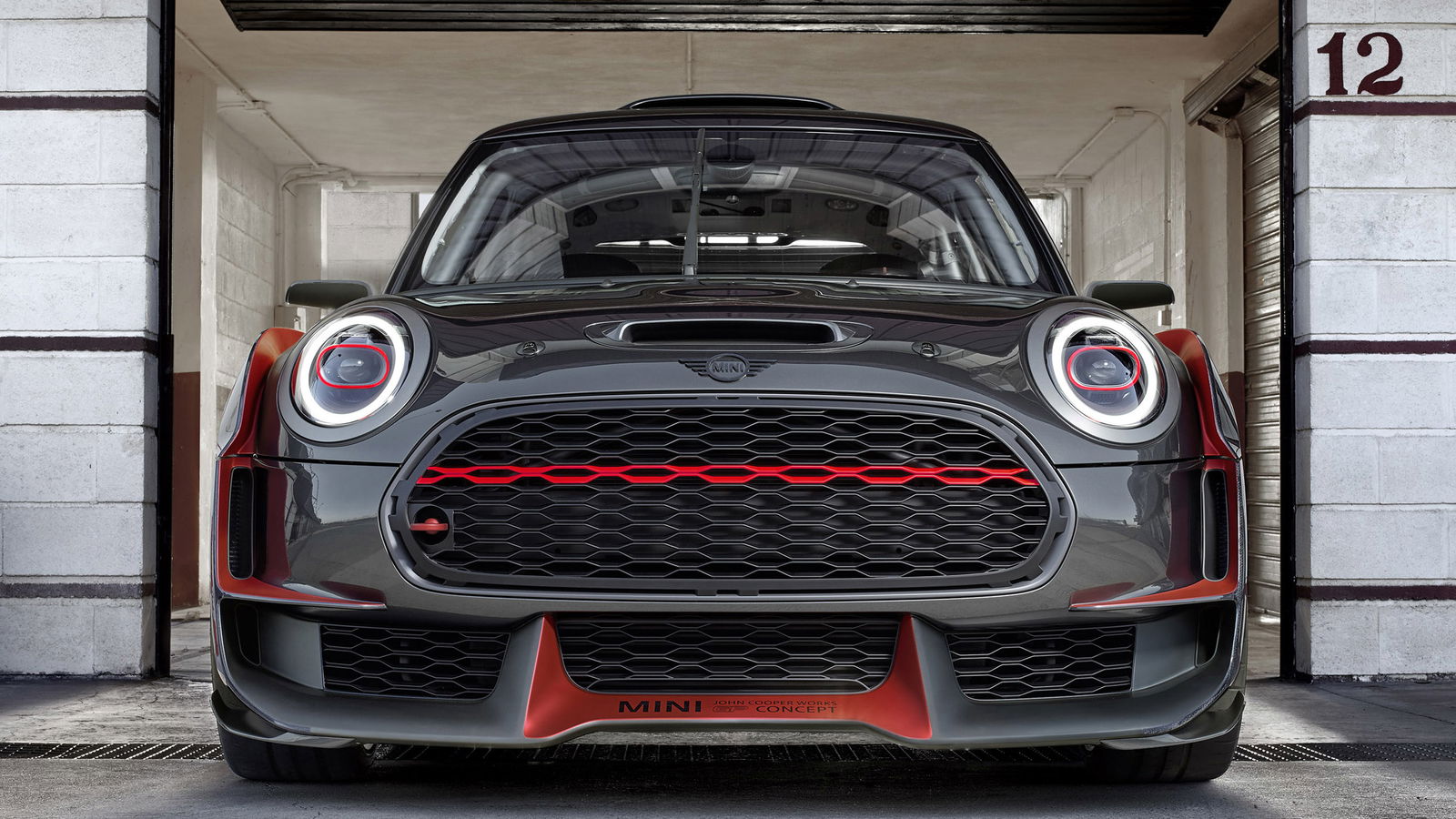
What better way to showcase your new speed- and performance-focused concept car than to tell us absolutely nothing about the engine? Well, that’s Mini’s approach with the rather angry-looking John Cooper Works GP Concept.
It’s familiar ground for Mini in one sense, having explored two such flagships before; the 2012 John Cooper Works GP and the 2006 Mini Cooper S with John Cooper Works GP Kit, winner of the catchiest car name of the noughties award.
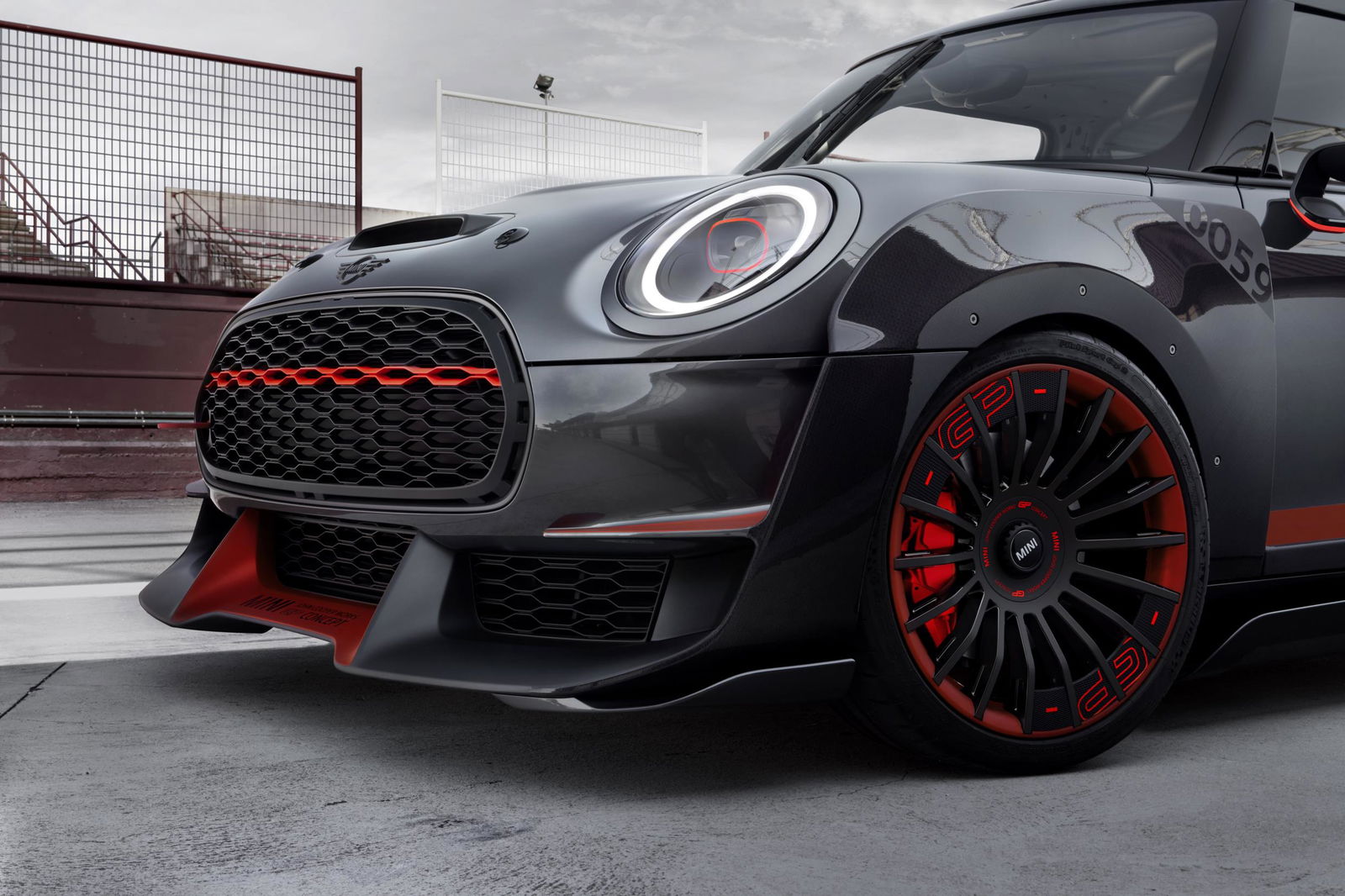
As we’ve mentioned, there’s no data on the engine. It’s a bit annoying, really; when you see something this aggressive you naturally want to know what powers it. Unfortunately we’ll have to stick to the bodywork, and the silver lining is that there’s quite a lot to talk about.
At the front there’s a pretty massive aero array, made entirely from naked-ish carbonfibre, with air intakes and deflectors so sharp that you could use them to mow lawns. We say naked-ish because the carbon weave texture is visible, but there’s a thin high-gloss paint finish over the top.
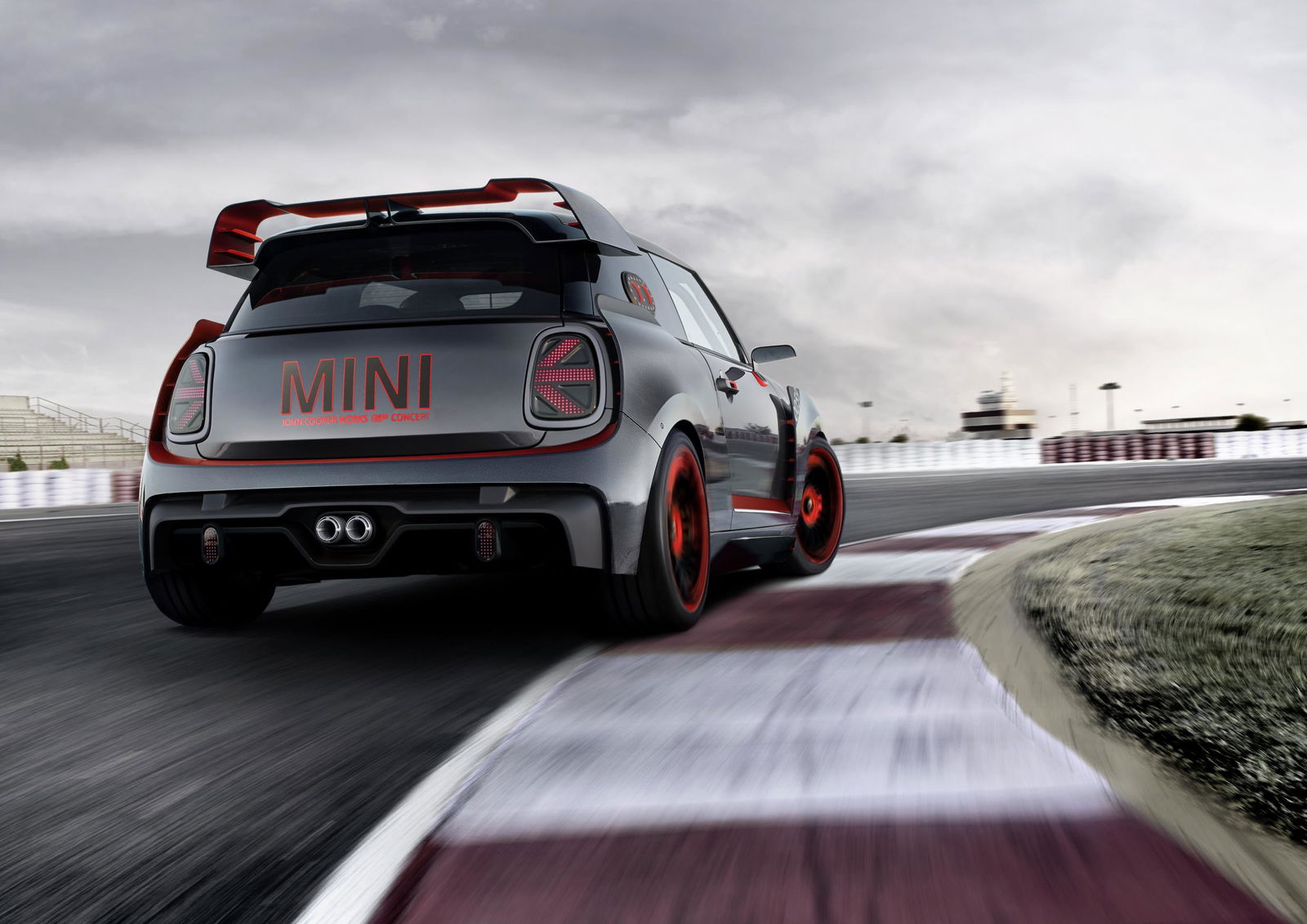
We know that it’s paddle-shift only, but most of the car’s features are digital, within the central touchscreen. There are a few trademark Mini toggle switches and a large (and slightly worrying) emergency cut-off button to provide some analogue relief.
The concept is much wider than the current Mini Cooper S, it gets obvious bulges to its nose and wheel arches, plus a bonnet air scoop. It sits on lightweight 19-inch wheels, comes painted in Black Jack Anthracite paint and features matt Curbside Red detailing.
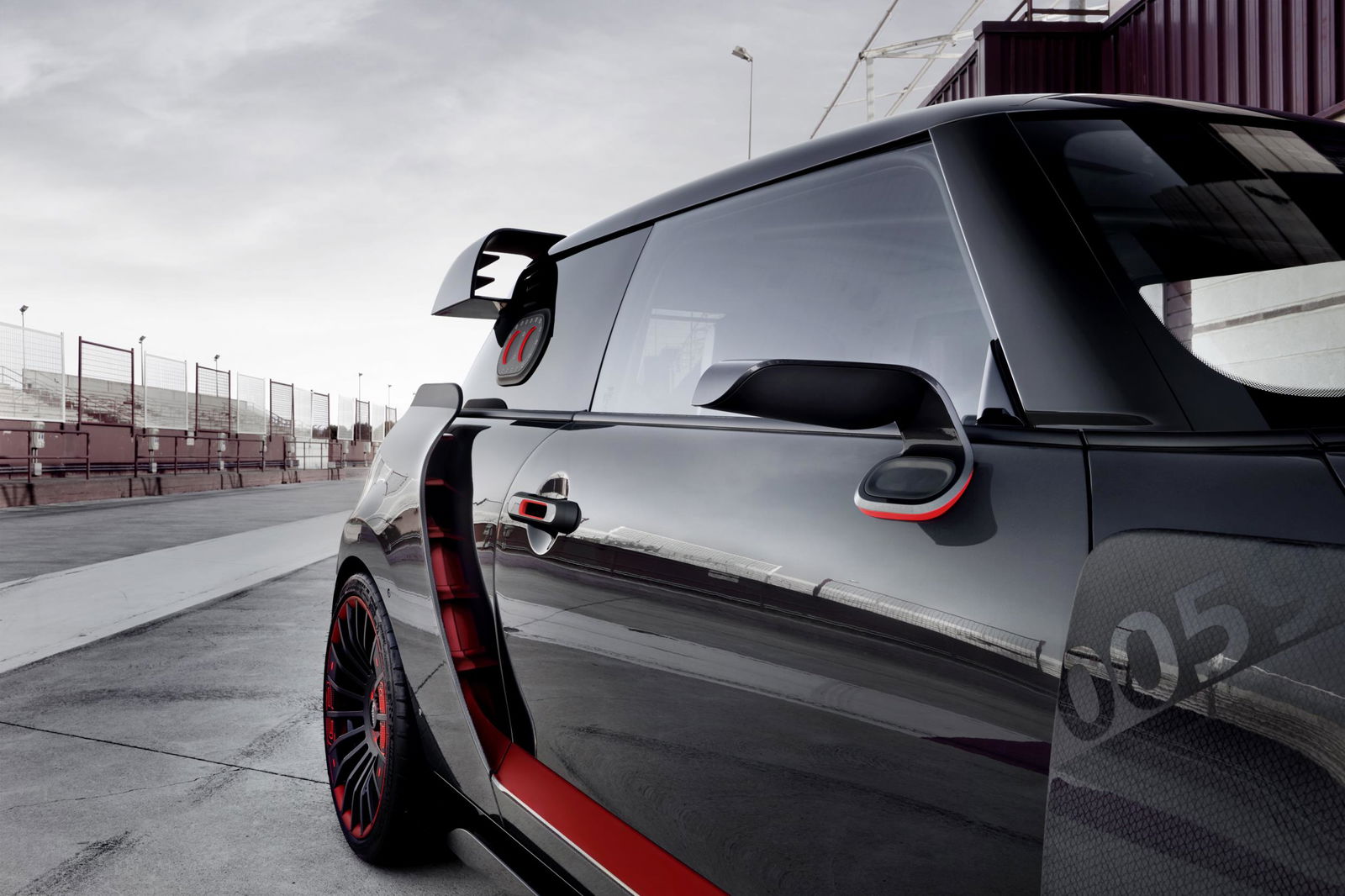
The bodywork over the rear wheels has been extended with carefully-shaped panels almost like wings that could potentially help channel air more smoothly down the tail edges of the car for a reduction in drag.
At the rear it gets no less cross about something. An oh-so-angry set of vents, deflectors and spoilers means serious business. The LED rear light clusters are the same as the ones we saw on the electric Mini concept of a week ago, with a Union Jack-inspired design for which we make no attempt to hide our love.
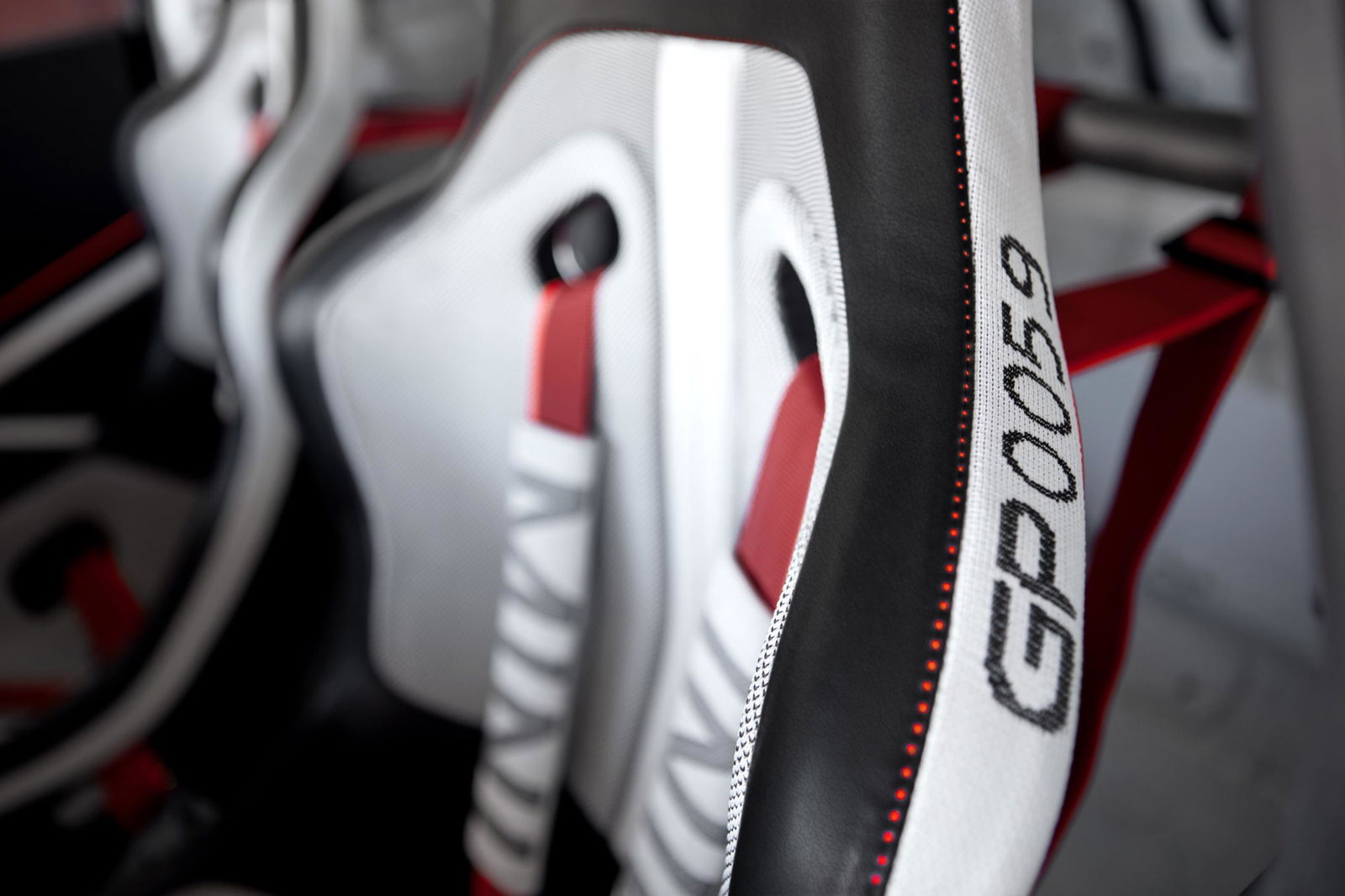
Inside it’s a very racy affair, with a stripped-out cabin, bucket seats, five-point harnesses, a head-up display and, of course, no rear seats. Fair enough, in an extreme performance concept where you have to climb in and out through the roll cage and close the doors with fabric straps.
As well as 3D printing for various pieces of trim inside the cabin, there’s also a 3D knitting process involved with the seat upholstery, but Mini doesn’t explain exactly how it works.
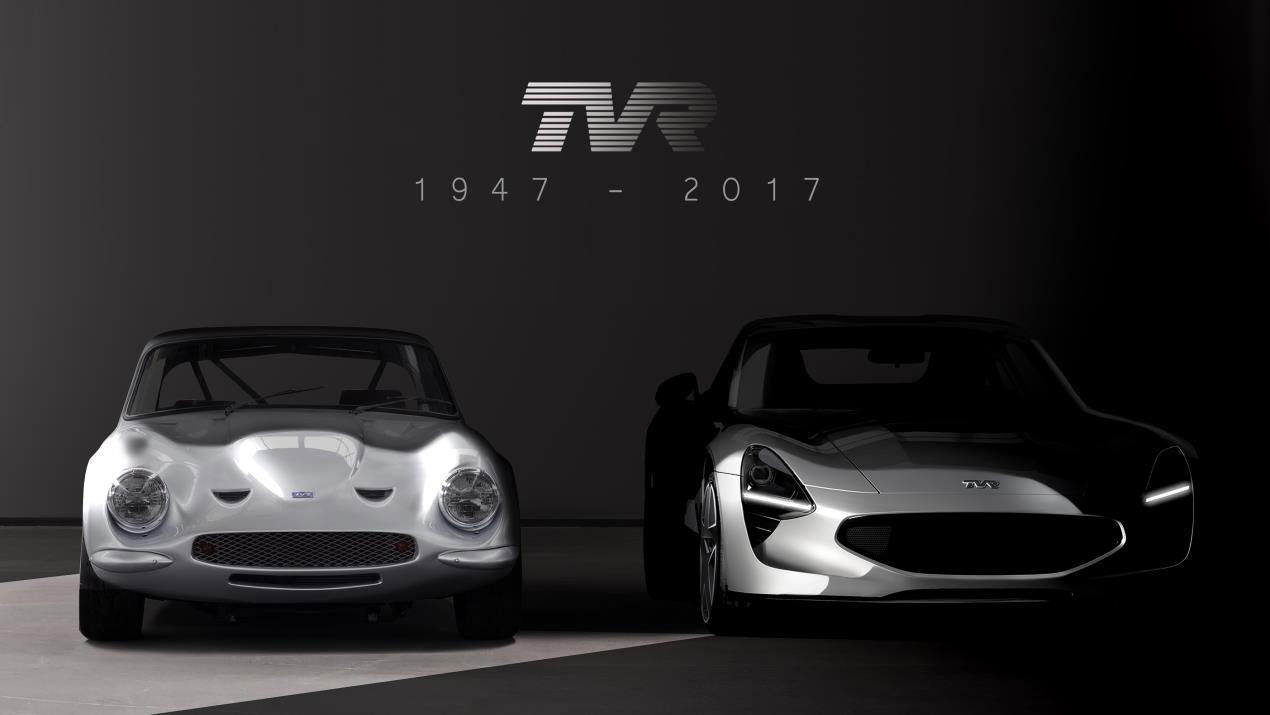
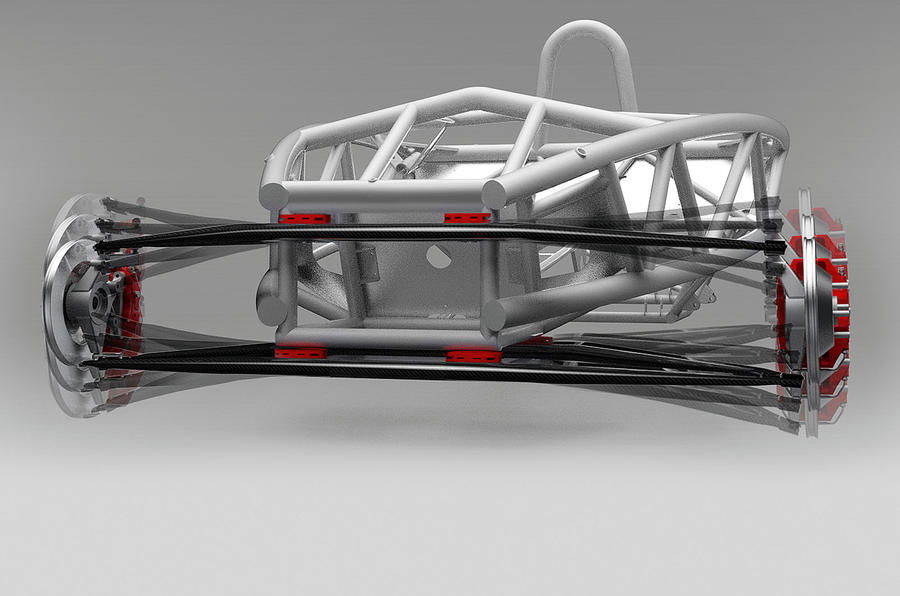
Comments
Finally a mini that’s appealing to my eyes.
Pagination